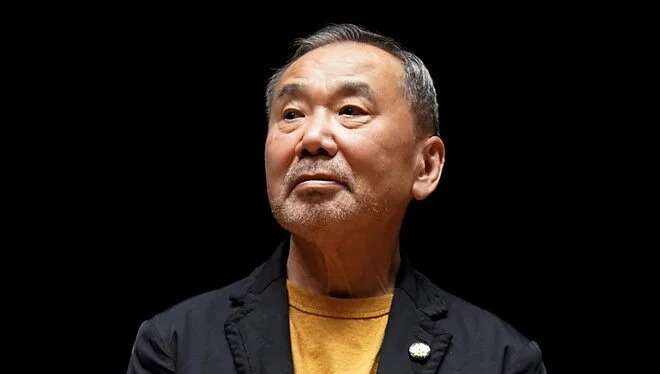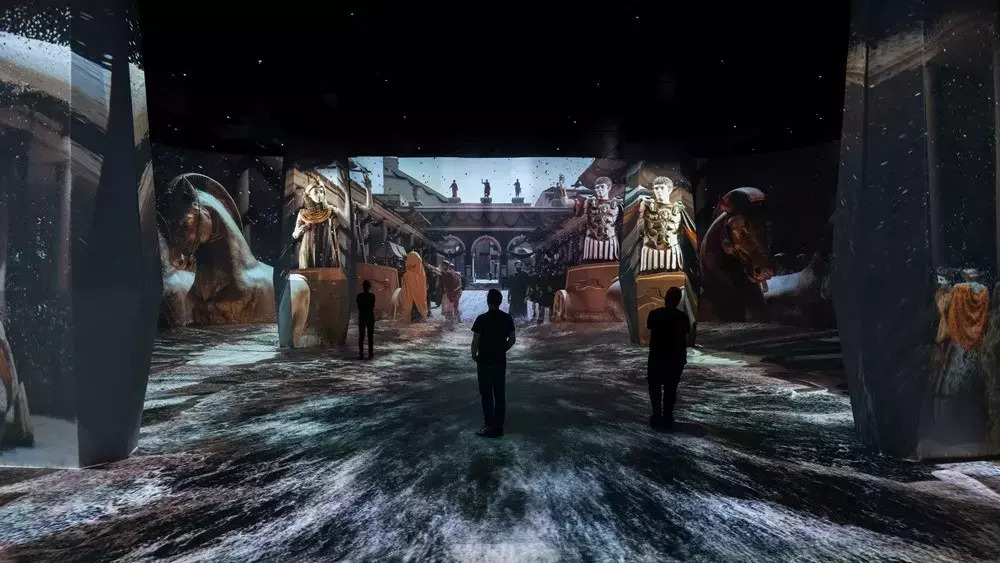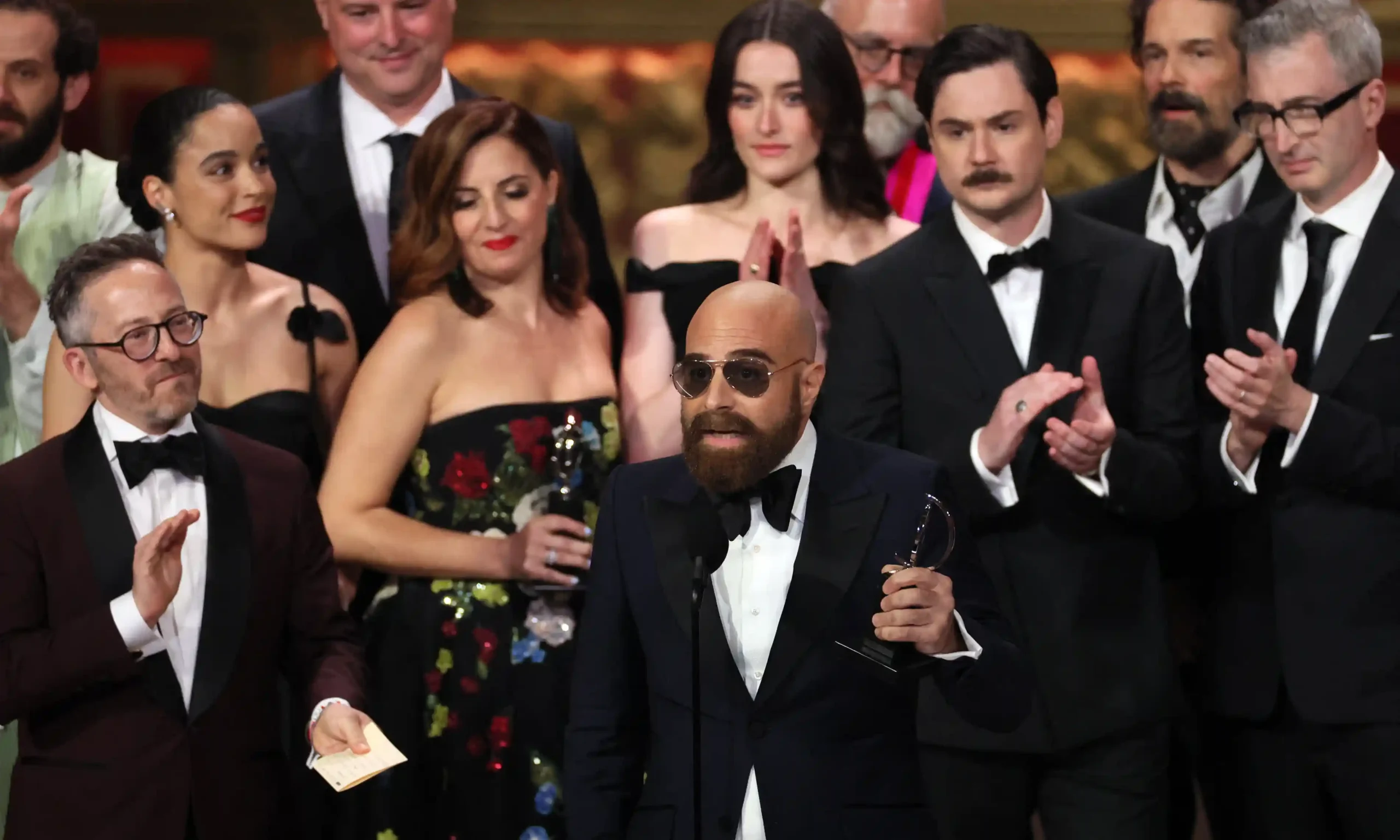Renowned Japanese author Haruki Murakami expressed his joy at seeing several of his short stories adapted in American director Pierre Földes’ animated film “Blind Willow, Sleeping Woman,” adding that he looks forward to future interpretations of his work with filmmakers’ unique perspectives.
The Japanese language version of the 2022 film will be released for the first time in Japan on July 26. This marks the first animated adaptation of Murakami’s work.
After a screening of the film on June 16 at his alma mater, Waseda University in Tokyo, Murakami, who joined Földes in a talk session, admitted that while he typically isn’t a fan of animated films, he watched this one twice.
The filmmaker drew inspiration from six of Murakami’s short stories: “Super-Frog Saves Tokyo” and “U.F.O. in Kushiro” from the “After the Quake” collection, written after the 1995 Kobe earthquake, and “Birthday Girl,” “Dabchick,” and “The Windup Bird and Tuesday’s Women.”
“Blind Willow, Sleeping Woman” is set in Tokyo following the March 2011 earthquake, tsunami, and Fukushima meltdowns. It focuses on three main characters: Katagiri, a diligent but lonely banker who teams up with a giant talking frog to save Tokyo from an imminent second quake; his unenthusiastic younger colleague; and his wife Kyoko, who, depressed and glued to earthquake news on TV, leaves him. Through recollections and dreams, the three characters eventually find peace and the ability to start anew.
Murakami praised the animated version of the intelligent green Frog, voiced by Földes, saying it matched his own vision of the character. “What I would like to see is not a mere film version of what I wrote, but something added to it and becoming something new,” Murakami said during the talk.
Földes explained that his approach “is to be faithful to my interpretation of things and my inspiration,” which evidently resonated with Murakami. The filmmaker noted that he didn’t have a definitive plan when he selected the six stories that he loved. However, as he worked on the project, “things started to build like different crops growing together,” he told Murakami. “Little by little, all these links appeared.”







